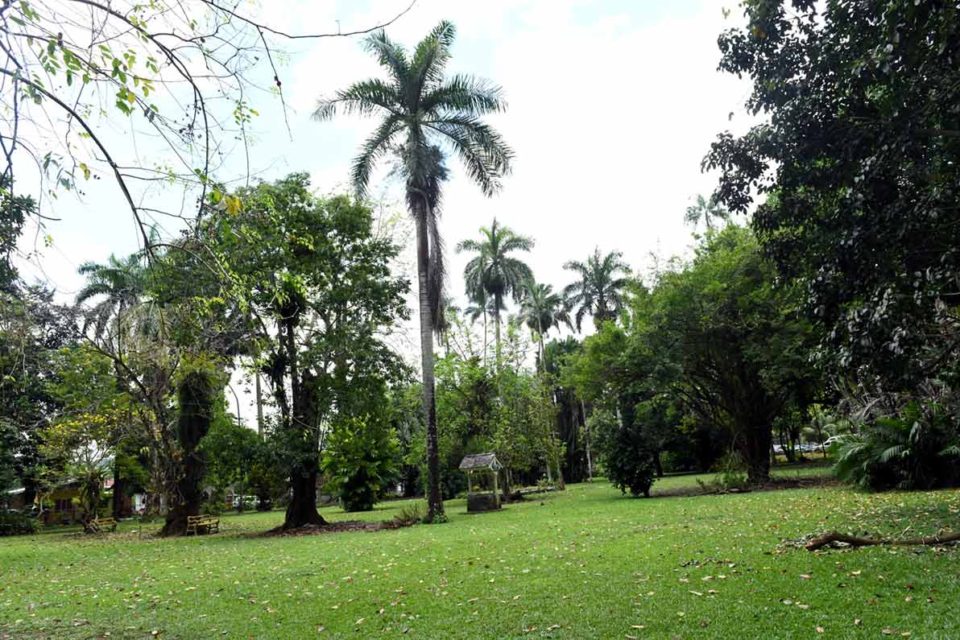There is a mistaken belief that St Thomas’ only claim to fame and that its importance in Jamaica’s history and development is based soley on the events surrounding the so-called Morant Bay Rebellion and its consequences. Parishioners of St Thomas are rightfully proud of their role in that watershed series of events in 1865, but they also know that their parish has its own rich history dating back to the pre-Colombian period and has also played an important role in the social economic and political development of the country.
Originally known as St. Thomas in the East to distinguish it from St. Thomas in the Vale which incorporates today’s St. Catherine parish, St. Thomas was one of the principal areas of settlement for the indigenous Tainos before the coming of the Spanish who later settled in the delta of the Yallahs river and principally reared cattle at the place they named Morante which eventually gave the capital town Morant Bay its name.
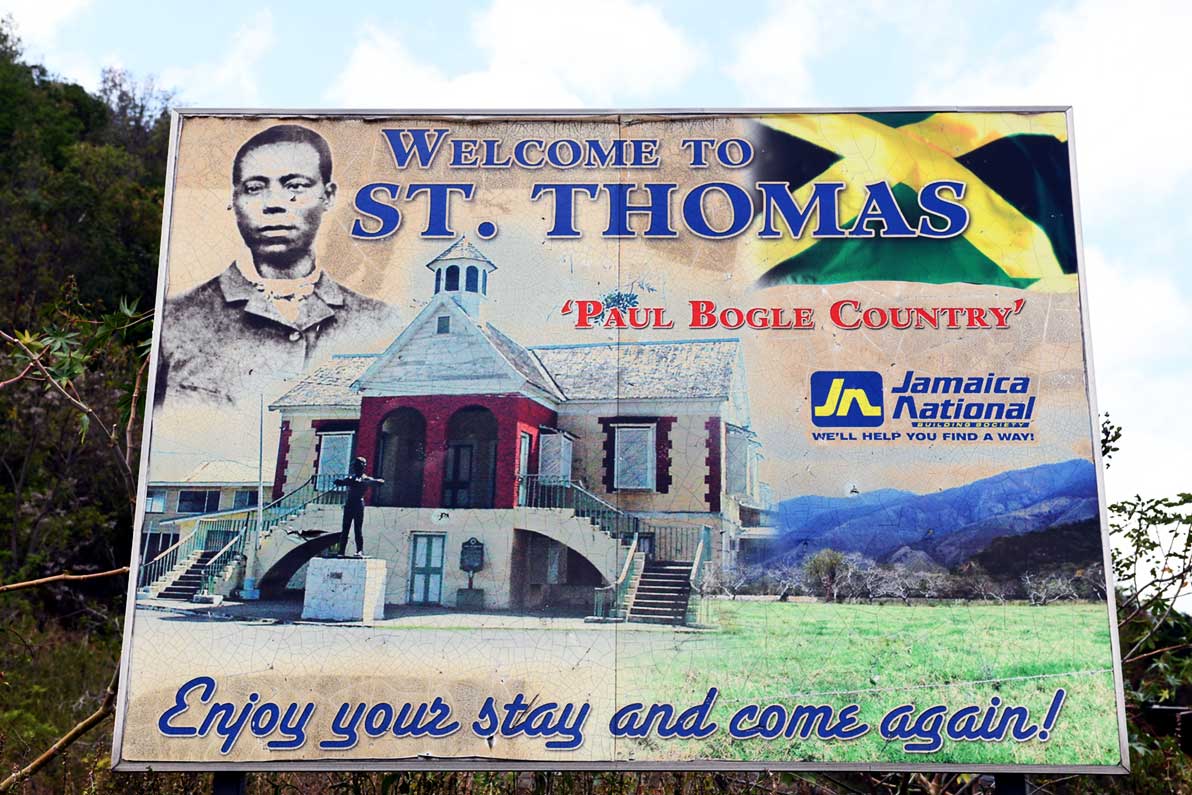
With the coming of the English the land use pattern changed from cattle rearing to the growing of Indigo but that too later gave way to sugar and a variety of other crops including citrus. The parish is otherwise very mountainous with ranges running from the neighbouring St. Andrew of which the Blue Mountains form its northern border. The three main rivers are the Yallahs, the Morant and the Plantain Garden rivers, the first two running southwards to the ocean while the latter runs from West to East.
The parish is situated at the eastern extremity of the island with Morant Point being the easternmost tip. It is marked by the Morant Point Lighthouse, a 100ft structure built in 1841 by the Krus who were part of a contingent of free Africans who were brought to Jamaica after emancipation and who later settled in Morant Bay and along the Plantain Garden River. The Krus were not the first ‘imports’ to St. Thomas; early in the English colonial period a contingent of 1,600 colonists from the island of Nevis, led by major Luke Stokes and his family responded to an invitation for settlers shortly after the English conquest and settled in the Morant Bay as early as 1656. While most of those settlers died from tropical fevers, the survivors established sugar plantations and many including the Stokes children became wealthy. The ruins of the two great houses they constructed at Stokes Hall and Stokesfield near today’s Golden Grove represent the oldest foundation of a house in Jamaica from the English period.
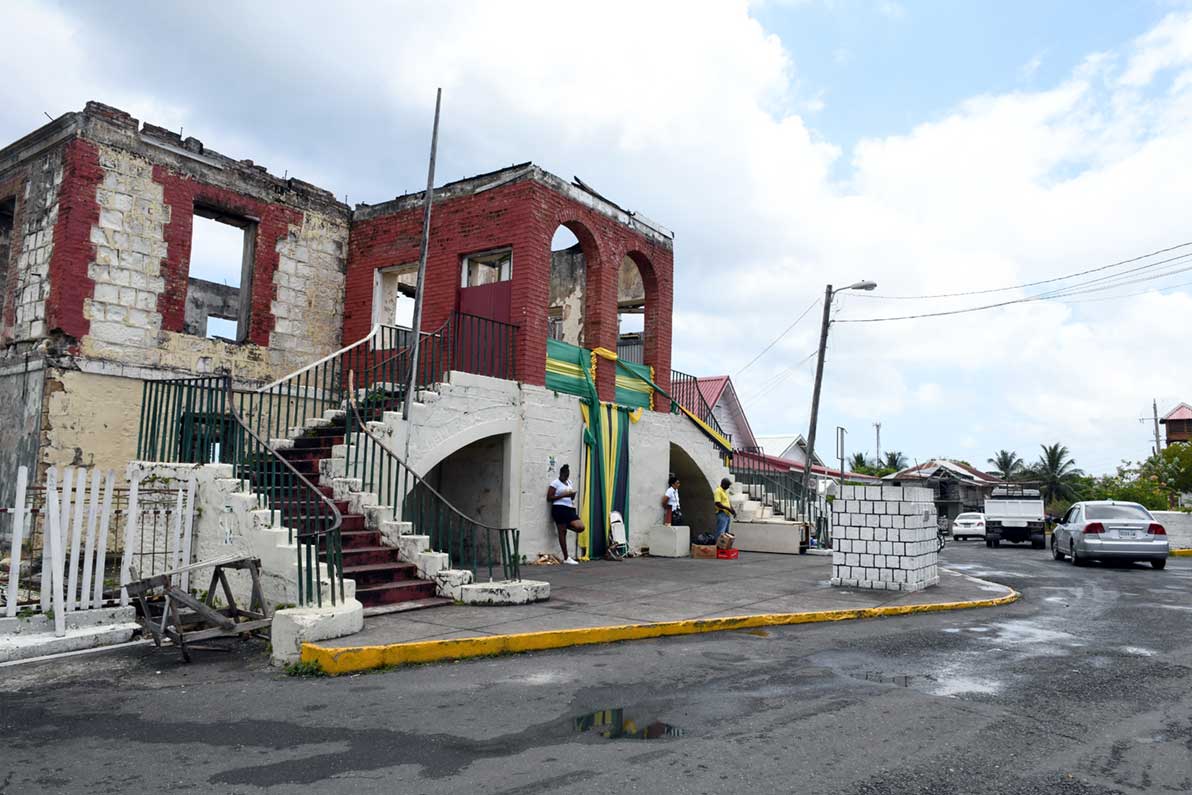
Agriculture has always played an important part in the economy of the parish with sugar being the largest and most dominant crop. With the decline of sugar, the banana boom which originated in the neighbouring parish of Portland expanded into St Thomas with thriving plantations operated by the Eastern Banana Company. In the modern period , the largest sugar estate was located at Duckenfield and was acquired by the Seprod Group of Companies. Although modern St. Thomas’s economy is far more diversified, it is predominantly an agricultural-based one in which the Seprod Group is the dominant player through its Serge Island Dairies operations . Located in Seaforth in the parish, Serge Island is the largest manufacturer of milk and milk-based drinks and juices in Jamaica. Acquired in 2005 , Serge Island Dairies generates employment for some 1,000 parishioners, and works with local milk farmers guaranteeing them a ready market for their products. Its Golden Grove Sugar Company operates from Duckenfield packaging sugar for local consumption and for export ensuring that some elements of the sugar industry survive in St. Thomas.
St Thomas boasts some unique physical features and cultural practices that remain fascinating for non-locals of the parish. Among the physical features clearly visible from the highway just outside of Yallahs is the Yallahs Salt Pond consisting of twin ponds that were once a source of salt. Their existence remains a source of mystery and speculation but it is believed that during the earthquake of 1692, the land where the ponds are now, sank leaving pockets of sea water almost completely enclosed by land. Due to evaporation, the water in the pond is extremely saline and can be 5 times saltier that sea water. Local legend has more than one explanation for the origin of the ponds. One such legend says the ponds were created after a dispute between two brothers who were in love with the same woman. One brother married her but when he discovered that she was unfaithful by sleeping with the other brother, he cried himself to death. His tears created two salt puddles that grew and drowned both wife and brother.
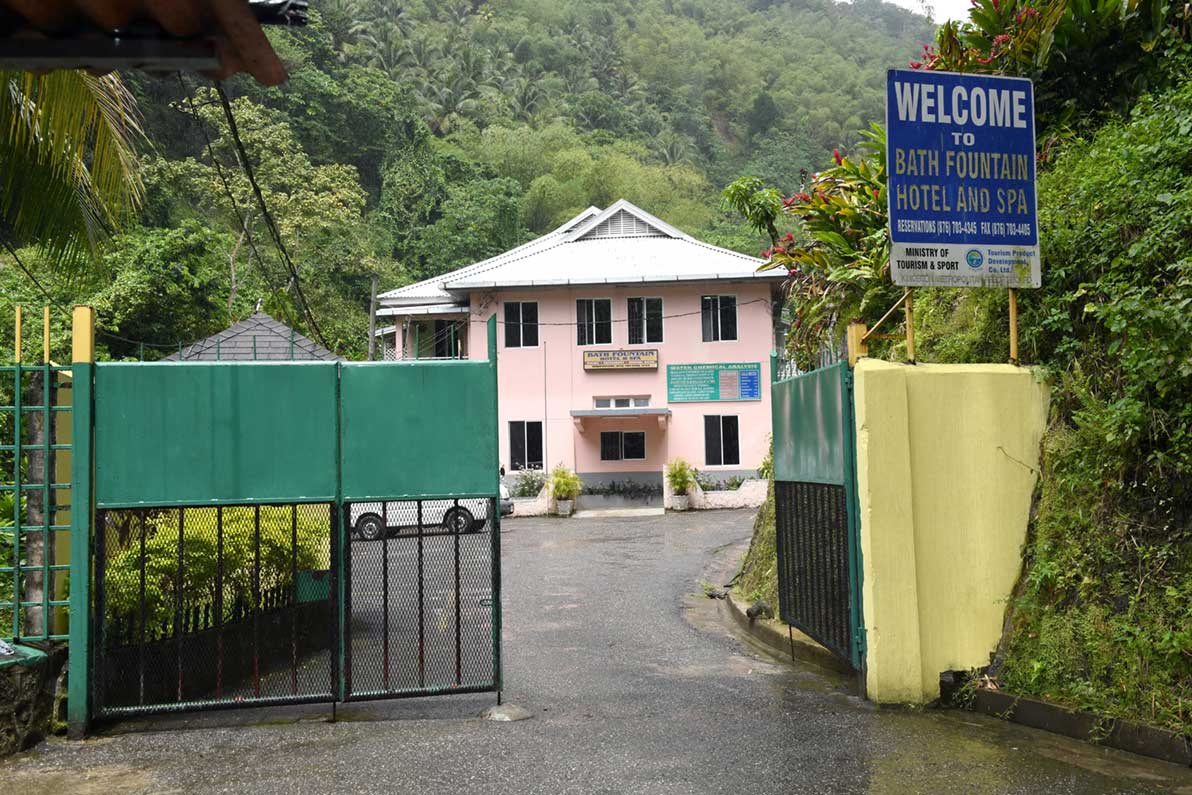
Jamaicans are also fascinated by African cultural retentions that appeared stronger and more well preserved in St Thomas than any other parish . One possible explanation is the addition to the local former enslaved population in the years after Emancipation of new recruits of indentured African labourers mostly from the Congo region of West Central Africa who settled mostly in St. Thomas. The practice of Kumina an African Jamaican religion is said to have originated among these people in St Thomas but later spread to other parts of the island. Kumina ceremonies involve singing, dancing and a drumming style developed from music that accompanied the religious ceremonies. Kumina ceremonies are actually performed celebrations mostly related to deaths in the community including wakes, entombments and memorials as well as healing and the removal of evil spirits.
At the village of Easington there is a plaque to commemorate the most famous son of the parish, Paul Bogle who was hanged in the aftermath of the Morant Bay Uprising of 1865. Easington is the site of a most peculiar geological formation – a sheer cliff rising over 1000 feet . ‘Judgement Cliff’ as it is called by locals is a most visible reminder of the 1692 earthquake which is said to have created a landslide when the earth moved, trapping many people including a wicked slave owner.
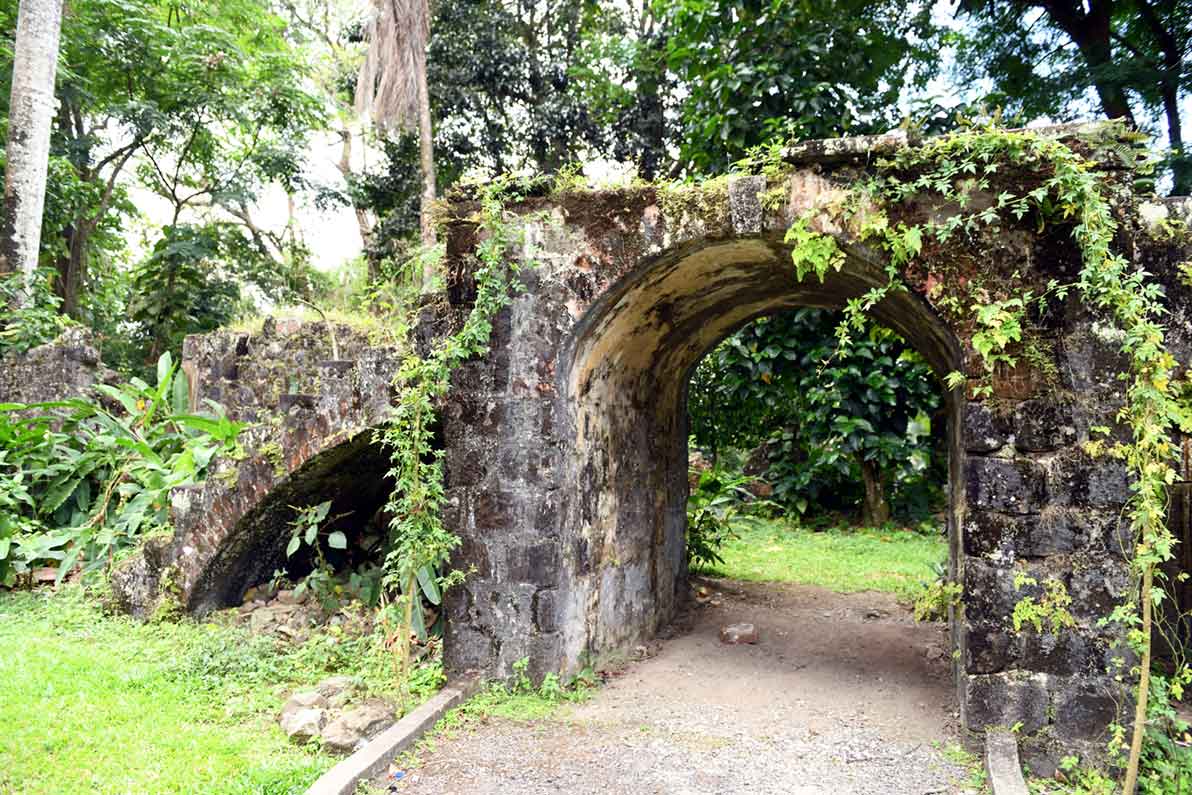
In the pantheon of Jamaican national heroes there is no official ranking but most Jamaicans would agree with the parishioners of St Thomas that Paul Bogle is the most deserving of that accolade. In leading the uprising from the front and in sacrificing his life in the effort to achieve justice for the Black poor and suffering, Bogle has achieved a kind of cult hero status that none of the our other national heroes has. The immediate cause and effect of Bogle’s actions were demonstrable in constitutional changes and improvements in social services to benefit the poor and could be said to be the first step on the road to self-government and political independence.
The parish of St. Thomas therefore has the distinction of being the stage on which the final and most violent confrontation between representatives of the colonial authorities and the Jamaican people was played out. In so doing St Thomas gave Jamaica not one , but two national Heroes in Paul Bogle and George William Gordon and prepared the groundwork for the emergence two generations later of two other National Heroes, Norman Manley and Alexander Bustamante.
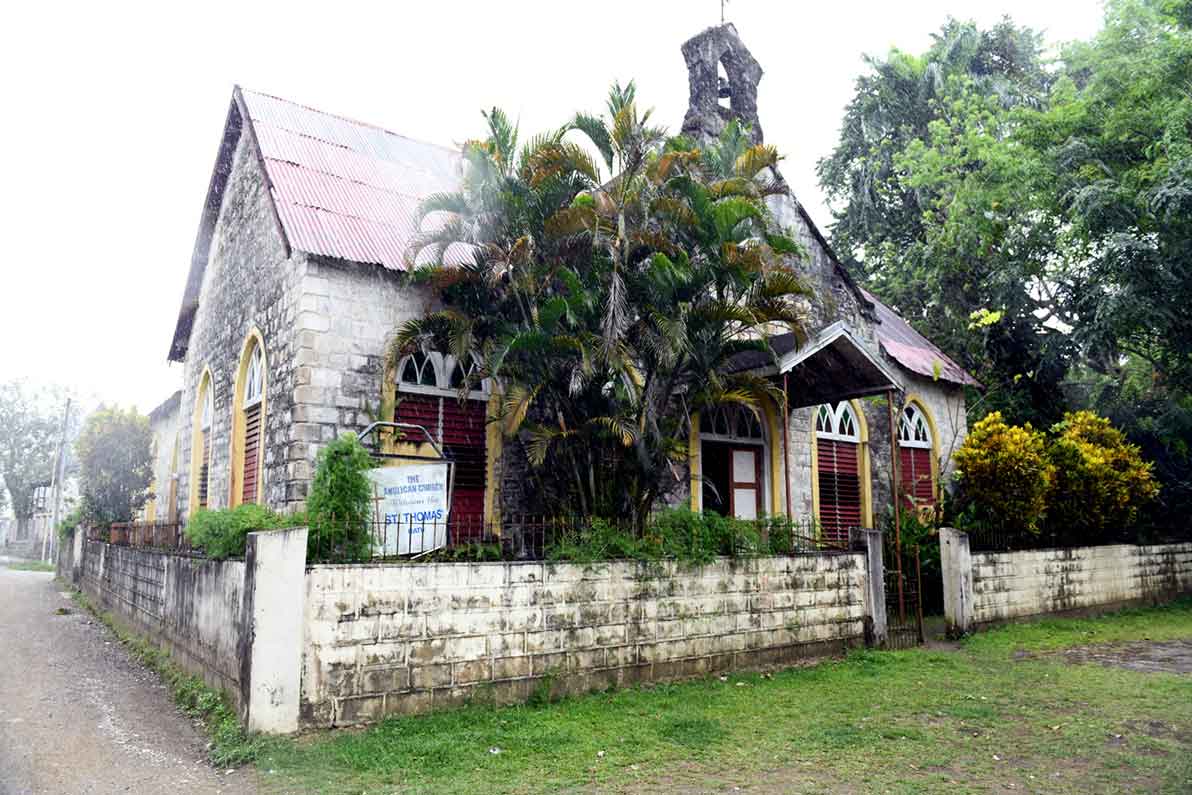
In the general adulation of Bogle and the focus on the events of 1865 there has been a tendency to overlook the contribution of two ‘forgotton heroes’ of St. Thomas and Jamaica – Robert Lightbourne and before him Isaac Barrant.
Robert Lightbourne can be described as the Father of Jamaica’s modern Industrial development. A 4-term MP for Western St. Thomas and Minister of Trade and Industry from 1959-1972, lightbourne is credited with conceptualizing the ‘Made in Jamaica’ policy in which he sought to transform business in the country from a predominantly mercantile to a manufacturing base through Industrial Incentives laws, a new Company Law and the actual development of new viable enterprises especially in areas of food technology. In St Thomas itself, Lightbourne was responsible for establishing several factories in Yallahs. When the former Serge Island sugar factory one of the largest employers of labour in the parish was about to cease operations, Lightbourne engineered the opening of the Goodyear Tyre Factory, the ruins of which still remain visible today. The industrial site became a new major employer of labour for people in and out of the parish.
Lightbourne also provided scholarships for students to go overseas to study engineering as part of a deliberate policy to increase the stock of qualified Jamaicans in the field to enhance the level of the country’s manufacturing industry. Robert Lightbourne was a visionary , a man before his time.
Isaac Barrant (1907-1956) a native of Bath in St. Thomas was an inspirational leader in the mould of National Hero Marcus Garvey through his faith in the common man and his devotion to the cause of helping to lift poor people out of their degrading existence in the early part of the 20th century. Born into poverty himself, Barrant began his teen-age life as a labourer, later as a truck side-man and eventually as a banana dealer. With limited education, he fought the first elections under Universal Adult Suffrage and was elected an MP for Eastern St. Thomas in 1944 becoming a minister appointed by Bustamante in 1950. He became one of the most popular members of the House of Representatives and made a fine contribution to parliamentary debates with a fierce dedication to the people of Eastern St. Thomas. As Minister of Agriculture, he pioneered the expansion of the overseas labour programme, development of the rice and soya bean industries, introduced incentives for the dairy and tobacco industry and promoted the concept of self-sufficiency for Jamaica in food and land for the landless by land lease. Barrant became a household name throughout St. Thomas as well as nationally and his progress inspired many Black Jamaicans and helped to open the doors to Black enrollment in the civil service .
DID YOU KNOW?
- Robert Lightbourne was an accomplished piano player and composed the Jamaican National Anthem
- ‘The Bath of St. Thomas the Apostle’ is the official name of the bath Mineral Spring at Bath in St Thomas and was discovered around 1695 by an enslaved runaway?
- In their response to the Uprising in Morant Bay in 1865, the British colonial authorities either shot down or executed over 430 people; flogged some 600 including women and burned and otherwise destroyed more than 1000 dwellings?
What are your views?
A High school to honour the memory of Robert Lightbourne is named after him at Trinityville in St. Thomas. Should the name of the Princess Margaret Hospital in the parish be re-named the Isaac Barrant Hospital to honour a man who did more for the poor Blacks of St Thomas and Jamaica than any British Royal family member ever did?
PLEASE LEAVE YOUR COMMENTS BELOW


